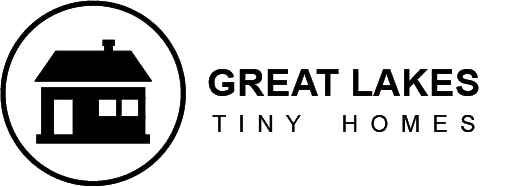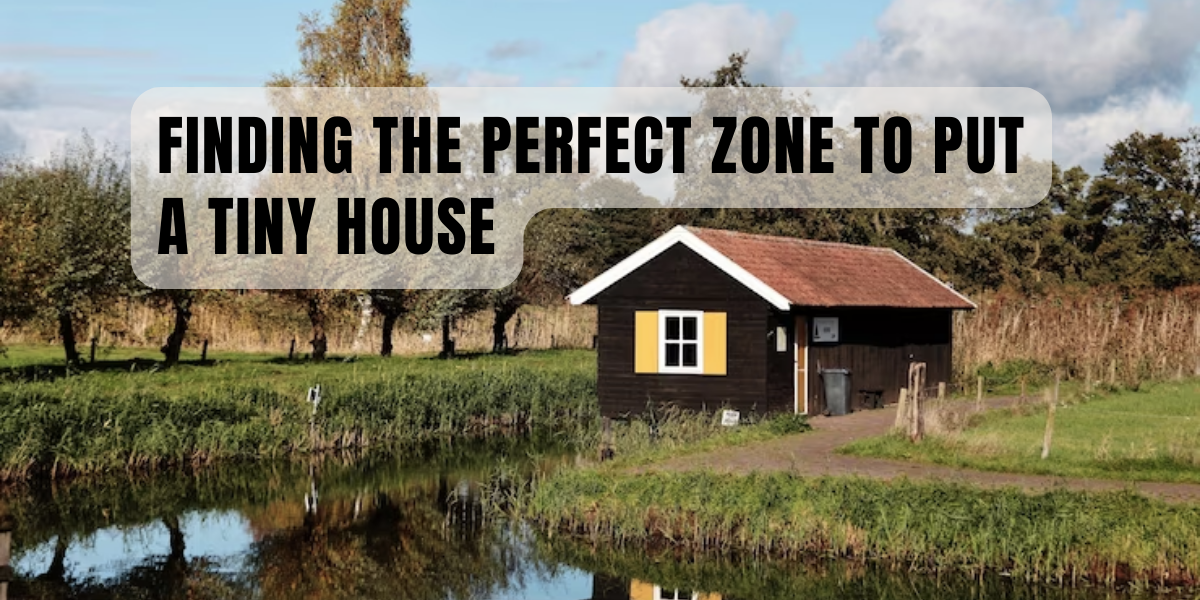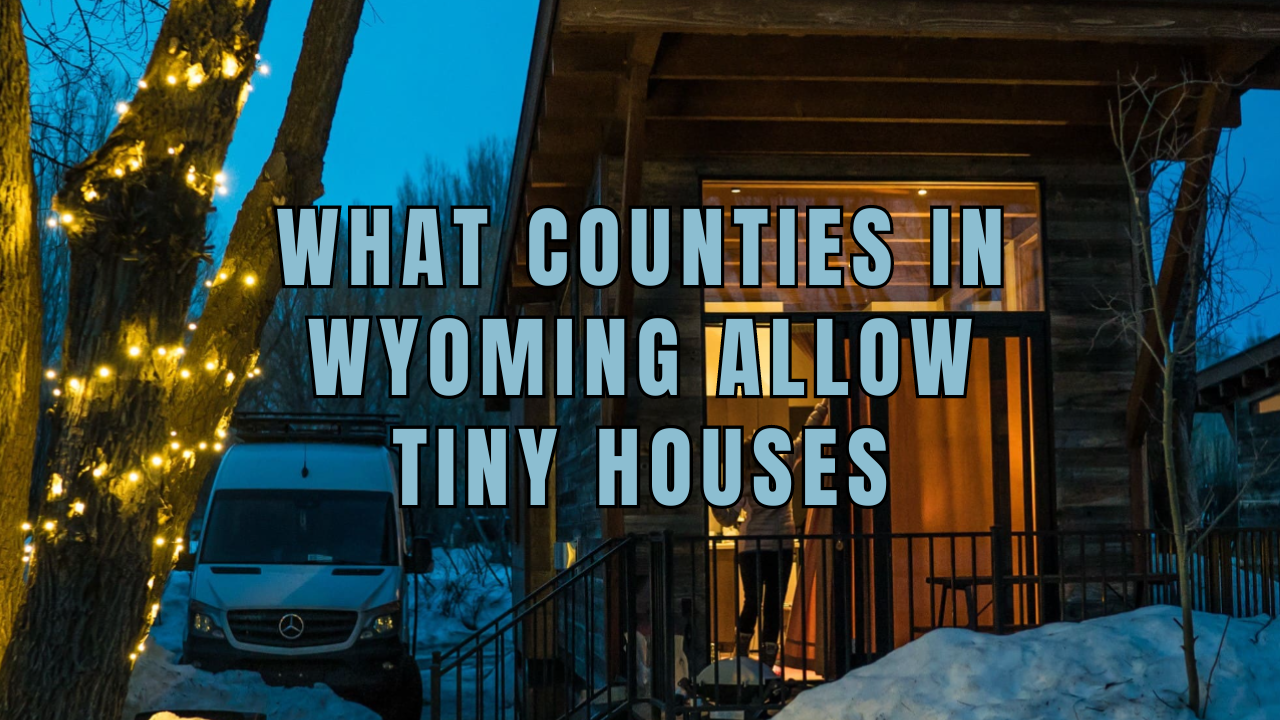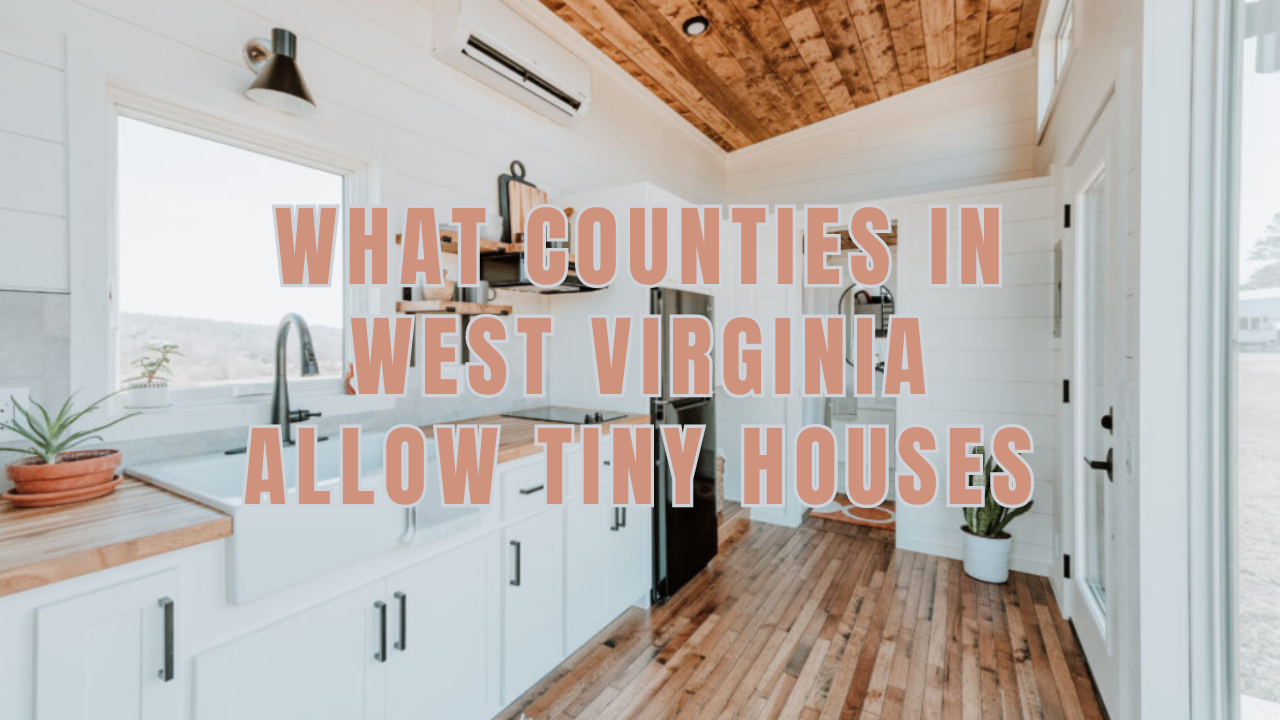In this post, we will explore some elements that impact where you can put a tiny house, including whether it is on wheels or a foundation, what the regulations and construction rules are, and the advantages and disadvantages of renting versus buying land.
We will also list a few cities and counties. Then, you will have a clear notion of where to put your tiny dream home by the end of this article.
Regulations and Considerations for Building a Tiny House
Here are some relevant aspects to keep in mind to live in a tiny home:
Mobile and Permanent
A significant element that will help you limit wherever and how to park or install your tiny house is whether it is on wheels or constructed on a permanent foundation. While a tiny house on wheels allows a great deal of flexibility and mobility, many governments, particularly those in larger, more populated regions, are more stringent about whether you may live full-time in a house on wheels.
Square Footage
Based on the International Code Council, a tiny house must be 400 square feet or less to be considered tiny. Although, the definition may not be utilized in your location. The Code building no more specifies a minimum room size. It’s worth noting that some local governments control square footage and impose minimums. Nevertheless, consider that square footage limitations frequently are limited to permanent residences on a foundation.
Building Codes and Building Inspections
These are complex issues and regulations that continuously change and vary widely from region to location, so it’s critical to consult with officials and specialists in your area. Working with skilled, expert tiny construction companies will assist you in ensuring that your tiny home conforms to all rules.
What States in the United States Allow Tiny Homes?
Laws and regulations are continuously changing and are frequently updated to incorporate tiny dwellings in zoning codes. However, some states are currently deemed better tiny-home-friendly than others.
California
The tiny house in California has the California Department of Housing and Community Development has developed the state’s tiny home requirements, but each county and city has its local laws and restrictions. These regulations state that tiny homes constructed on foundations must either adhere to the National Residential Code and the California Building Standards Code or have alternative projects pre-approved.
Texas
Texas is one of the states that are most tolerant of tiny homes since many Texas counties do not enforce laws outside of cities. Tiny house construction is typically permitted anywhere in rural county-incorporated regions. You will still need to construct your tiny home under local building codes, safety restrictions, subdivision rules, transportation requirements, and rules regarding government water supply.
Florida
For the construction of tiny homes, several Florida counties have loose rules. Beautiful coastal areas like Sarasota and Petersburg, and the more metropolitan Orange County, are known for having few housing options. Your ideas for building a tiny house should be made even easier by certain counties and localities that do not set the minimal square footage needed to build homes.
Colorado
Although it is a tiny-house welcoming state, Colorado has stricter laws for tiny homes on wheels than the rest of the states, making it the perfect location for your tiny living lifestyle. Some counties in Colorado’s Centennial State forbid tiny homes on wheels from being used exclusively as residences. On the other hand, El Paso County established the nation’s first tiny home-on-wheels zoning ordinance.
North Carolina
Maybe you’d like to set up shop in hip Asheville or one of the other top counties for tiny homes in North Carolina. In North Carolina, certain cities have stricter laws and ordinances, although these grow less onerous the further beyond the city you go. Your tiny home must adhere to the North Carolina State Building Home Code wherever you install it.
Utah
It prohibits dwellings without a permanent base, so if you have a transportable tiny home, you might have trouble finding a place to park your tiny home. Nevertheless, ADUs (accessory dwelling units) and tiny homes are located on residential land with current single-family home permits in Salt Lake City and numerous other Utahn cities. Many owners of tiny homes in Utah strike deals with landowners to get a location to park them.
Which States Do Not Permit Tiny Houses?
At this point, you already know that some states do not permit tiny homes. While tiny dwellings are not outlawed in any state in the United States, many of the Midwest and New England are not. Further, Alaska and Hawaii are notoriously tough to manage. A few of those states discourage tiny home living by mandating dwellings to have specified ceiling heights; others have severe zoning laws that make finding a home for your tiny house practically hard.
How to Consider a Tiny House: Steps
While considering a tiny house, here are a few tips to help you.
Local Regulations
Investigate the local zoning regulations in the region, such as the minimal dimensions requirements for the small home, extra rooms, or characteristics that might help classify the property as tiny.
Understand what you will need before beginning house construction, such as an expected budget, finding a place for your tiny wheeled house, and the place you should dig up the base of the house. The zoning regulations, construction codes, and zoning codes all indicate how and when you can build a tiny house on your property.
Local Government Officials
If you are unclear or conflicted about the results of your study, contact the local government for clarification on regulation or building restrictions. If you cannot decide whether the national or regional codes are superior, county code officers should be able to help you figure out which regulations to follow.
You must review the zoning regulations regularly because the municipality’s codes may change. Consulting with building officials ensures that have the most current details on the adjustments. You can adapt to the new guidelines to prevent penalties such as fines that could raise property costs.
Type of Tiny House
Once your tiny house aspirations align with the zonal rules, you may begin to choose the layout and kind of house you wish. These structures’ construction may be comparable to that of typical residences. However, the timing, building cost, and particular measurements and design affect their distinctive size and style.
It’s simple to choose between a little house on wheels and one with a foundation. When building a house, different conditions must be met. A designated parking space and amenities found in a typical home are required for a tiny house on wheels. Everything from the garden to the insulating and flooring size should meet the construction regulations.
On your property, a little house on a concrete foundation might serve as your permanent residence. It increases your chances of registering it with the county government and permanently residing in the structure.
Tiny Home Design
Examine various floor layouts and which spaces would best suit the function of your home. The bedrooms and baths locate farther back, while the communal spaces, such as the gathering places, should be near the front.
Evaluate the distance and the time you will spend in each room. Once you know why the house will perform its purpose, you will discover that you can quickly save room. This way, choose a floor layout that makes the most of the limited space.
Consult a Professional
Expert counsel will help you realize what you do to keep its market value, such as having suitable designs and constructing certificates that validate its originality. They will provide you with vital advice before and following the construction to ensure that it sells for a high price in the market.
Financing and Insurance
If you intend to travel with a little house on wheels, insurance for your home will help you maintain it safe due to the security in various parking locations.
The mortgage or loans finance the development of your tiny home. Various lenders, such as loan and mortgage institutions, might assist you in getting started with your construction. Examine their interest rates to see which matches your spending limits and financial situation.
FAQs
Can a Tiny House Be Built on Your Land?
Consider that regional building permit requirements and local building codes are more important. Before you begin construction, contact the city’s building department to find out what regulations apply to tiny houses there. You will discover that zoning regulations and legislation prohibiting the construction of tiny homes are more likely to exist in rural locations.
Positive changes prompt an increasing number of communities by the growing popularity of tiny houses and the need for decent housing in larger cities. Joining a small home group is a great place to start when looking for a spot where you can put your tiny house legally. The numerous locations accommodate the small house community known to the associations and members.
How Much Space Is Required for a Tiny House?
A small house is a complete residence, including the living space, kitchen, restroom, and sleeping quarters, that typically has a total area of under 1,000 square feet (93 meters2). However, some tiny homes are so compact that they may be pulled by a car or truck, measuring no more than 400 square feet (37 meters2).
What Drawbacks Are There to Tiny Houses?
You have fewer living spaces in addition to fewer storage spaces. Although compact homes are comfortable for a couple of individuals, a family can find it a little cramped. A great deal less privacy is also present. Unless you have more outdoor space, you are also restricted in the number of visitors you can invite over.
Can a Tiny House Be Built Without Obtaining Planning Permission?
No, because, following the presentation of the architectural layout and building plan, you must obtain clearance from your local government.
Wrap-Up
Your desires, financial condition, way of life, and legal circumstances will all influence where you should live. To be flexible and creative with your alternatives, do your homework before making a decision and look for locations that are tiny house friendly or have lax rules
You can choose the ideal place with enough forethought and perseverance, and you can benefit from small-space living.





